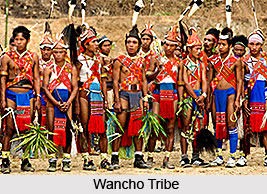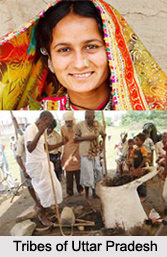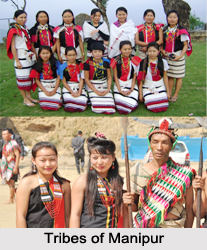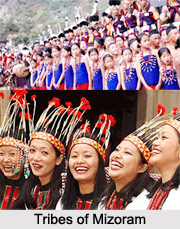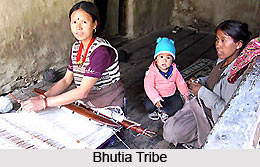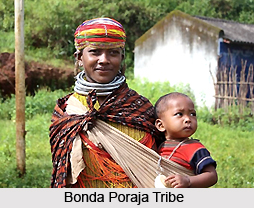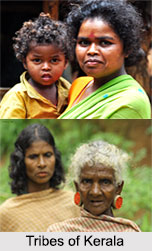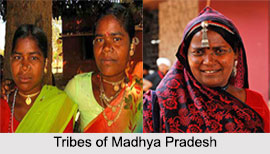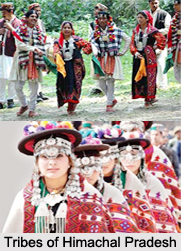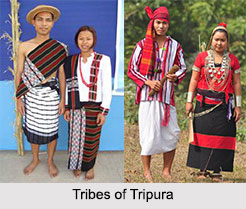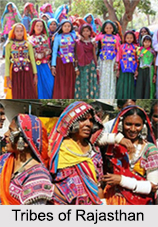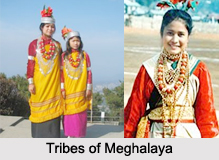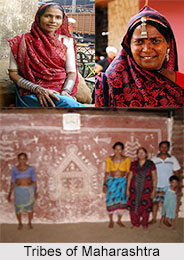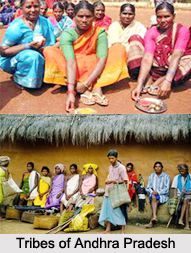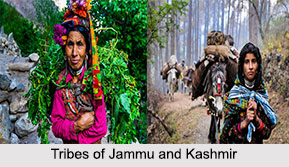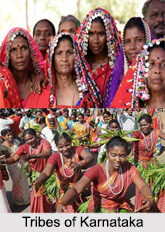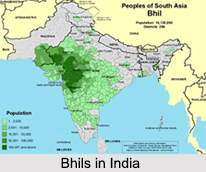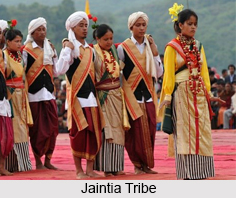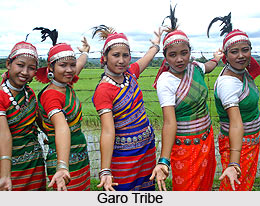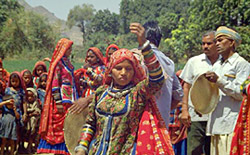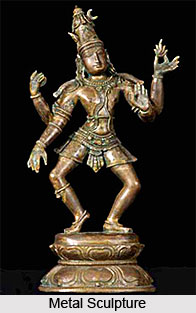 Metal sculptures are mainly moulded out of iron. Iron is generally believed to be a protection against witchcraft. Tribals have used iron to ward off evil spirits. The iron sculptures are symbolic; they are tongs, tridents, rods and chains. For religious and witchcraft purposes these symbolic sculptures have become more significant. Tribals have a common practice of representing a house of God or spirit by fixing these iron implements as symbols. These places can be categorised into two:
(i) Devasthan- this is the place where the tribals fix or offer tridents.
(ii) Siddhasthan - The tribals respect this place by fixing tongs or rods.
Metal sculptures are mainly moulded out of iron. Iron is generally believed to be a protection against witchcraft. Tribals have used iron to ward off evil spirits. The iron sculptures are symbolic; they are tongs, tridents, rods and chains. For religious and witchcraft purposes these symbolic sculptures have become more significant. Tribals have a common practice of representing a house of God or spirit by fixing these iron implements as symbols. These places can be categorised into two:
(i) Devasthan- this is the place where the tribals fix or offer tridents.
(ii) Siddhasthan - The tribals respect this place by fixing tongs or rods.
In many tribal regions symbolic representation of these spots are common. In the interiors of forests one or two tridents are seen fixed on some trees. Often there was a platform of earth beneath the tree or near the road or in the fields outside the village. Here the tridents, tongs or rods were fixed on the platforms.
The general size of these tridents and rods is six inches to two feet. They are made of thin iron which is pointed at the top. Sometimes there were one to three wooden poles fixed. Tribals fix chains and nails on these poles and offer bangles and cloth strips. Many of these symbolic sculptures are assembled and arranged during festivals and fairs. These symbolic sculptures are associated with bamboo poles, peacock feathers, horns, bangles chains, neck-bands and flags.
Some figurative sculptures in iron and brass are also found at some places. A dancing figure of beaten iron is an example of regional figurative sculpture in iron. This sculpture has a two dimensional effect. There are other figurative sculptures made of brass. One of them is Durga seated on lion. The other important statuette of brass is that of standing female deity with a notch and a circular pattern at the back. The other brass statuettes are of two standing female forms. These brass sculptures are cast in mould. Figurative sculptures are uncommon in this region.
This article is a stub. You can enrich by adding more information to it. Send your Write Up to content@indianetzone.com.
